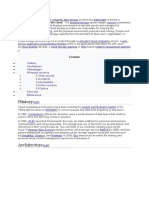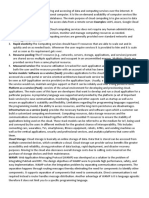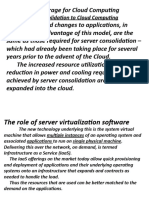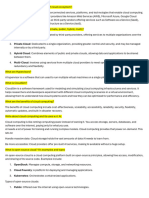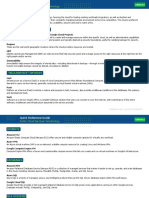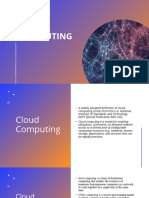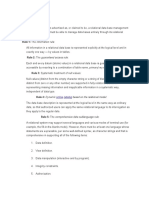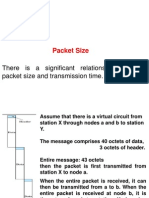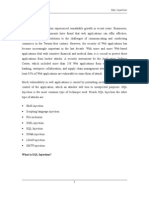0% found this document useful (0 votes)
69 views8 pagesCloud Storage
Cloud storage is a model where data is stored on remote servers owned by hosting companies, rather than on local hardware. Customers can access cloud storage through web interfaces or APIs to store files. There are three main types - object storage for unstructured data files, file storage for shared access to files, and block storage for databases. Cloud storage offers advantages like scalability, availability, and paying only for what is used, but also potential concerns around security, longevity of providers, and performance depending on network access.
Uploaded by
Uchechukwu MarizuCopyright
© © All Rights Reserved
We take content rights seriously. If you suspect this is your content, claim it here.
Available Formats
Download as PDF, TXT or read online on Scribd
0% found this document useful (0 votes)
69 views8 pagesCloud Storage
Cloud storage is a model where data is stored on remote servers owned by hosting companies, rather than on local hardware. Customers can access cloud storage through web interfaces or APIs to store files. There are three main types - object storage for unstructured data files, file storage for shared access to files, and block storage for databases. Cloud storage offers advantages like scalability, availability, and paying only for what is used, but also potential concerns around security, longevity of providers, and performance depending on network access.
Uploaded by
Uchechukwu MarizuCopyright
© © All Rights Reserved
We take content rights seriously. If you suspect this is your content, claim it here.
Available Formats
Download as PDF, TXT or read online on Scribd
/ 8
